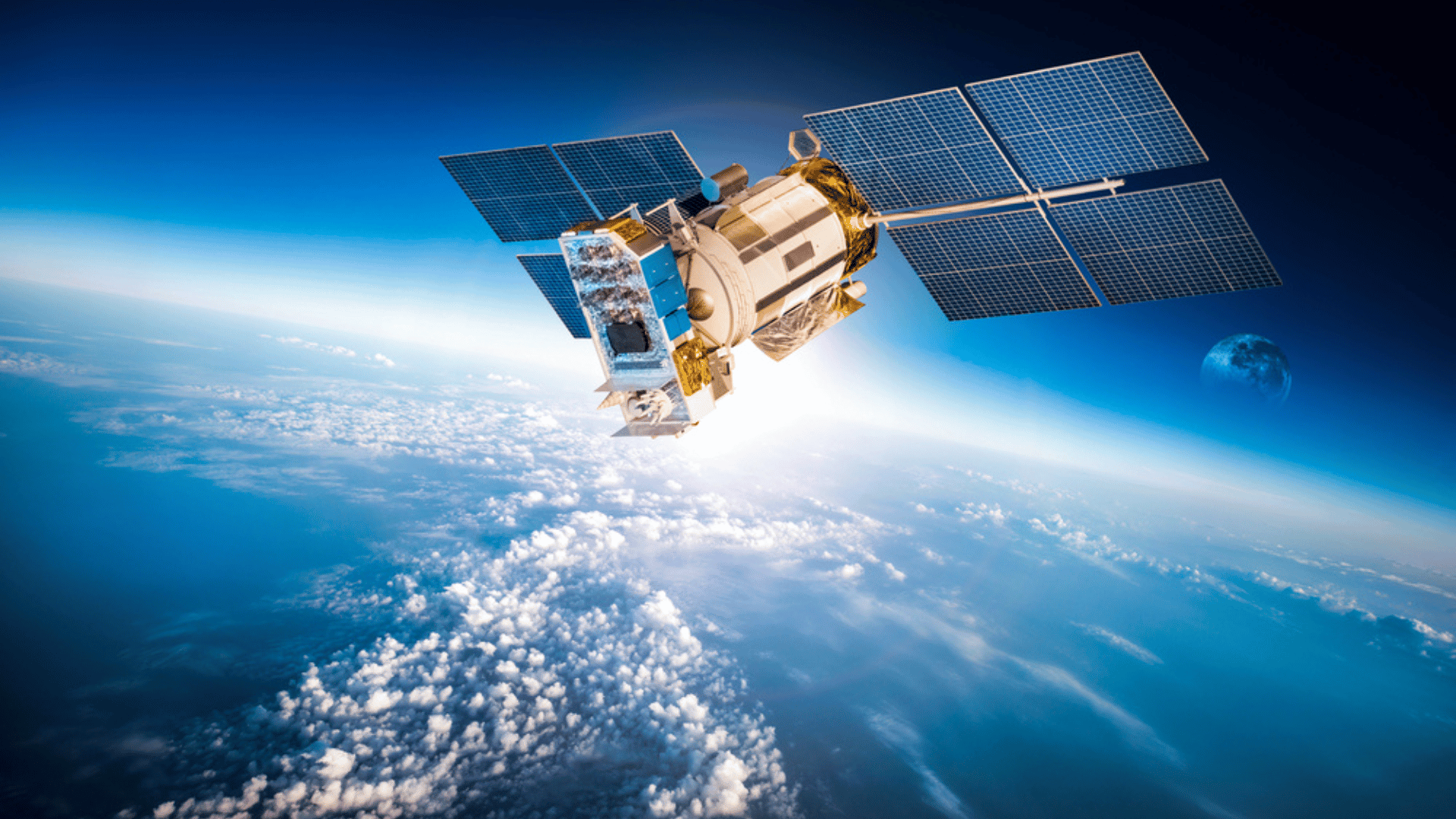An experiment in space has been attempting to transmit energy down to Earth via solar panels on a satellite in orbit. Now, we’ve received the first results of how the experiment is progressing.

The Space Solar Power Demonstrator (SSPD) used their Microwave Array for Power-transfer Low-orbit Experiment (MAPLE) to transmit power from space to Earth. This is the first time that solar power has been transmitted from orbit and it could be the first step toward a solar-powered space station.
After its original launch in January 2023, the device was able to transmit approximately 100 milliwatts of power through space two months later. The beam could easily be refocused to send the power in any direction.
The test which sent power to Earth had about 1 milliwatt of power received on the ground and the experiment was conducted again three times over eight months.
The ultimate goal is to create a modular spacecraft constellation around one kilometer in scale which can transmit enough power to provide for 10,000 homes. Individual 1-meter cube satellites will unfurl into a flat square 50 meters (164 feet) per side with solar cells on one side and microwave transmitters on the other.
Explore Tomorrow's World from your inbox
Get the latest science, technology, and sustainability content delivered to your inbox.
I understand that by providing my email address, I agree to receive emails from Tomorrow's World Today. I understand that I may opt out of receiving such communications at any time.
Additionally, because the satellite is capable of sending energy in any direction, this approach may allow us to directly send energy or power to a remote location or during an emergency as it doesn’t require transmission infrastructure.
“In the same way that the Internet democratized access to information, we hope that wireless energy transfer democratizes access to energy,” lead researcher and co-director of SSPP, Ali Hajimiri, said last year. “No energy transmission infrastructure will be needed on the ground to receive this power. That means we can send energy to remote regions and areas devastated by war or natural disaster.”
DOLCE (Deployable on-Orbit ultraLight Composite Experiment) and ALBA are also being tested alongside MAPLE. DOLCE is testing the architecture deployment structure of the spacecraft while ALBA is testing the best type of photovoltaic cells to use.
Since the experiment is currently a proof-of-concept, the preprint paper reviewing the results also highlights some areas of the design that still need improvement. The next version will build on the best components of this one as they continue to get closer to a functioning prototype.







